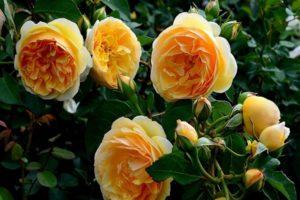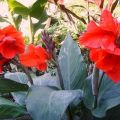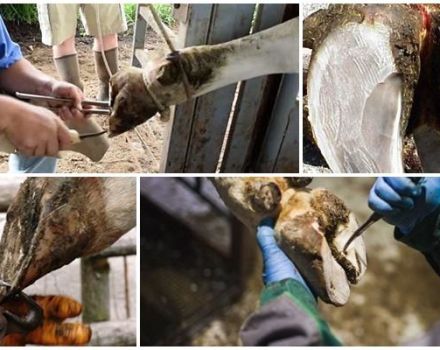Description and characteristics of Freesia roses, cultivation technology
Many growers grow various types of roses on their plots. The most popular is the Freesia rose variety. Before you start planting and growing such a plant, you must familiarize yourself with the description of its characteristic features.
Content
The history of the creation of the variety
This is a relatively young variety of flowers, since it began to be bred in the first half of the last century. It was during that period of time that breeders living in Europe decided to cross varieties of roses with rose hips. Thanks to such experiments, they managed to bring out the first Freesia flowers. It is not easy to say exactly who the creator of this variety was. However, some modern breeders and flower growers claim that Peter Lambert did it.
Description of the Freesia rose and its characteristics
It is a perennial plant that differs from most other roses in its strong tree-like stem and branched stems. The bushes are not very tall, as even under optimal conditions they grow only up to seventy centimeters. The shrub is covered with thin leaves that are rounded. It has powerful roots, thanks to which the plant rarely gets sick. Flower buds grow up to ten centimeters in diameter. They are lemon colored.

Advantages and disadvantages
Like all flower varieties, Freesia has a number of advantages and disadvantages. The advantages include:
- bright color of petals;
- long flowering;
- increased level of resistance to temperature extremes and low temperatures;
- resistance to infectious diseases;
- resistance to high levels of humidity.
However, Freesia also has disadvantages, among which a predisposition to fusarium is distinguished.

The nuances of growing flowers
There are several nuances of planting flowers that should be dealt with in advance.
Landing dates
Some gardeners claim that such a plant can be planted in the fall. However, it is not worth planting in the fall, as the seedlings may die if the winter is too cold. Therefore, it is recommended to plant in the spring when the frost is over. It is best to do this in the second half of April or May.
Seat selection
You need to find a suitable place where the seedlings can grow quickly.Experts recommend choosing illuminated areas, since roses are light-loving plants. They will grow much worse in the shade. Also, the selected area must be reliably protected from strong gusts of wind, which can break the stem.
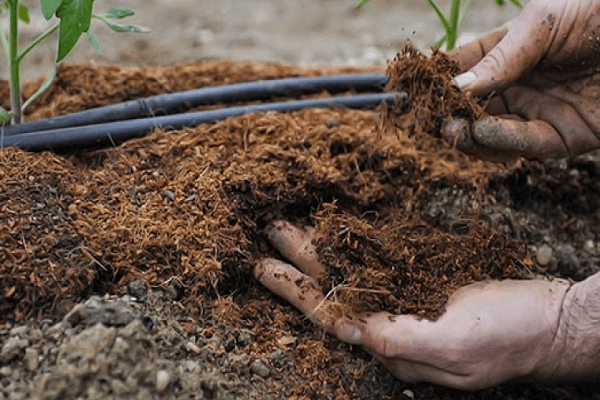
Soil preparation
Before planting, they are engaged in preliminary preparation of the soil. It is necessary at the beginning of autumn to dig up the area where the plants will be planted, and add a little peat, compost and humus to the soil. You can also add other organic fertilizers to saturate the area with nutrients. If the soil has a high acidity level, lime and ash are added to it.
Preparation of seedlings
In order for the planted seedlings to grow well, it is necessary to prepare them in advance for planting. All seedlings must be soaked in liquid for several hours to stimulate the growth of the root system. This helps to strengthen and develop the roots. Then the roots must be trimmed to get rid of too long or damaged branches.
Technology and depth
Planting begins with digging a planting hole. Its depth should be about 10-15 centimeters. The bottom of the dug hole is covered with top dressing and watered with water. After that, a plant is carefully planted in the center.
It is planted in such a way that the root collar is deepened into the ground by three and a half centimeters.

Floribunda Freesia rose care tips
To make the planted plants feel comfortable, you need to properly care for them.
Watering
Many people believe that this rose should be rarely watered as it is drought-resistant. However, this is not the case, the plant needs regular moisture in the soil. Watering the planted seedlings is recommended with warm water. At the same time, about ten liters of liquid are consumed for each bush. In spring, watering is carried out every other day. However, in hot summer weather, you will have to do this daily.
Loosening and mulching
After watering, the surface of the soil is often covered with a dense crust, due to which moisture penetrates into the ground at times worse. Therefore, in order to get rid of such a crust, it is necessary to regularly loosen the soil. Mulching is also carried out, which can protect the seedlings from low temperatures. Sawdust, cut grass or dry hay are used as mulch.
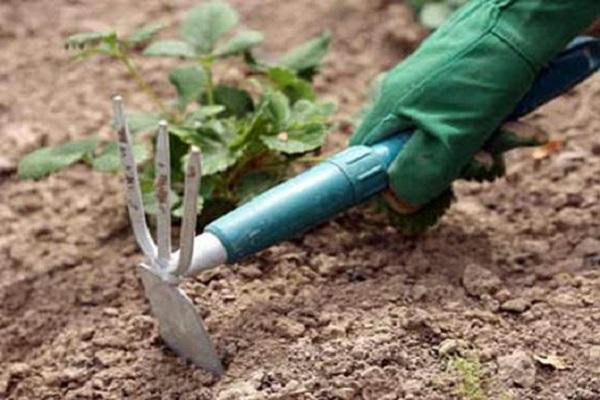
Top dressing
Freesia must be fed, since without fertilizing it will grow worse. Experts advise adding fertilizers to the soil, which contain a lot of nitrogen. These fertilizers include saltpeter, urea, or mullein.
It is necessary to fertilize seedlings before and after flowering, in September or mid-October.
Pruning bushes
It is necessary to periodically trim the seedlings. Experienced flower growers advise doing this in mid-spring or summer. Spring pruning is considered the main one, since it is carried out for the further formation of the bush. Some people prune the bushes in the fall, but you should not do this. Incorrectly carried out autumn pruning can lead to the death of seedlings.
Shelter for the winter
Freesia is classified as a frost-resistant variety that can withstand frost. However, despite such winter hardiness, it is recommended to protect them from cold snaps. To do this, the planted bushes are cut in half, after which the leaves are cut off from their stems. Then the main stem of the seedlings is wrapped with spruce branches, which will protect the plants from the cold.
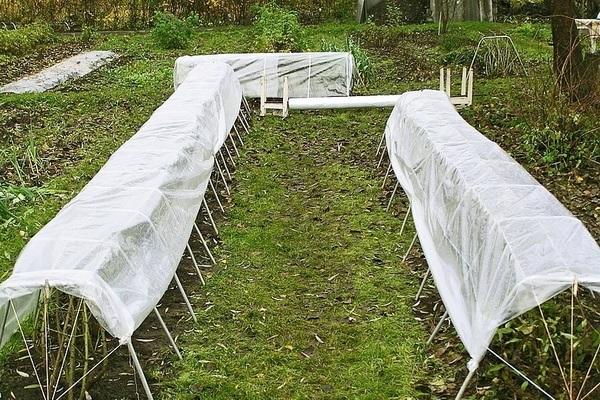
Diseases and pests of the rose
Diseases that bushes can get sick include:
- Scab. This is a common ailment that often causes roses to die. To get rid of it, you will have to treat the bushes with alcohol tincture.
- Fusarium. To combat fusarium, the remedy "Fundazol" is used.
Among the dangerous pests are:
- Aphids. To get rid of aphids that attacked roses will help "Rogorom" or "Metation".
- Cicadas. To prevent the leafhopper from attacking the seedlings, they will have to be regularly sprayed with insecticides.
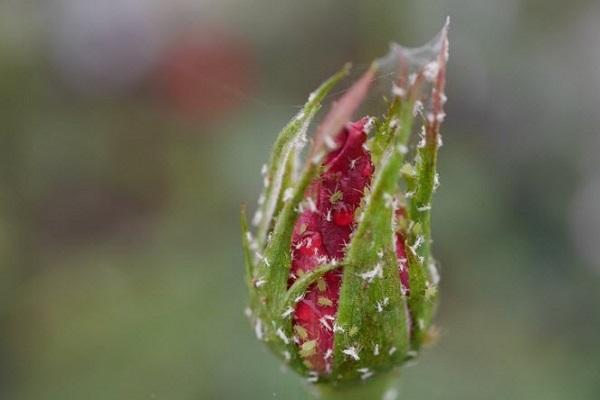
Reproduction methods
There are two methods of flower propagation:
- Cuttings. When using this technique, you will have to germinate the trimmed stalk and plant it in the soil.
- Layers. In this case, one of the developed lashes must be carefully laid and sprinkled with soil. Over time, it will begin to germinate and form new shoots.
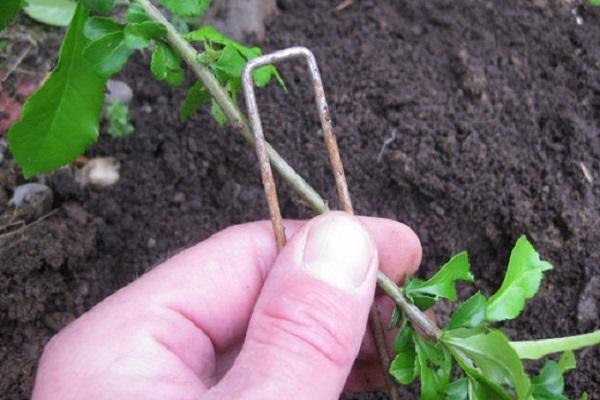
Application in landscape design
Designers often use a flower to organize group plantings on the site. Also, with their help, you can decorate borders and flower beds. Some flower growers plant Freesia to create a rabatka in their summer cottage.
Conclusion
Freesia is considered a common rose variety that is often grown in flower beds. Before planting such a flower, you need to understand its characteristics and the nuances of growing.
